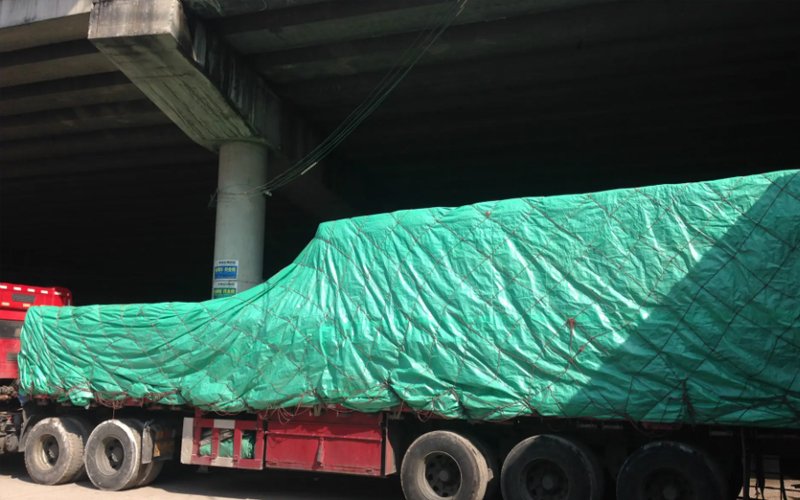
Polyethylene (PE) tarpaulins offer several advantages and disadvantages that should be considered when selecting them for specific applications. Here are the main advantages and disadvantages of PE tarpaulins:
Advantages of PE Tarpaulin:
1. Lightweight: PE tarpaulins are generally lightweight, which makes them easy to handle, transport, and install. This feature is beneficial when frequent repositioning or mobility is required.
2. Waterproof: PE tarpaulins have inherent waterproof properties, which make them effective in protecting objects or areas from rain, moisture, and water infiltration. This makes them suitable for various outdoor applications where water resistance is crucial.
3. UV Resistant: PE tarpaulins are often treated with UV-resistant coatings or additives that provide protection against the damaging effects of sunlight. This helps prolong the lifespan of the tarpaulin and maintain its performance under prolonged exposure to the sun.
4. Cost-Effective: PE tarpaulins are generally more affordable compared to other materials like PVC or canvas. They offer a cost-effective solution for temporary coverings or short-term applications where high durability is not the primary concern.
5. Flexibility: PE tarpaulins are flexible and can be easily folded, rolled, or manipulated to fit different shapes and sizes. Their flexibility allows for easy storage and customization based on specific needs.

Disadvantages of PE Tarpaulin:
1. Limited Durability: PE tarpaulins are generally less durable compared to materials like PVC or canvas. They may be prone to tearing or puncturing, especially when subjected to rough handling, sharp objects, or harsh environmental conditions. This limits their suitability for long-term or heavy-duty applications.
2. Lower Tear Strength: PE tarpaulins tend to have lower tear strength compared to some other materials. This makes them more susceptible to tearing, especially when exposed to high winds or mechanical stress. Reinforcements or thicker gauges can help mitigate this weakness to some extent.
3. Susceptibility to UV Degradation: While PE tarpaulins are UV resistant to a certain extent, prolonged exposure to intense sunlight can cause gradual degradation over time. This can lead to reduced strength, color fading, and decreased overall performance. Regular maintenance and proper UV protection measures can help prolong their lifespan.
4. Limited Chemical Resistance: PE tarpaulins may have limited resistance to certain chemicals, solvents, or agricultural substances. They can be susceptible to degradation or damage when exposed to certain corrosive chemicals, oils, or strong cleaning agents. It's important to consider the chemical compatibility of PE tarpaulins for specific applications.
When considering the use of PE tarpaulins, it's important to assess the specific requirements of your application, including the desired durability, environmental conditions, and budget. While PE tarpaulins offer certain advantages such as affordability and water resistance, they may not be suitable for heavy-duty or long-term applications that require high durability and tear strength.